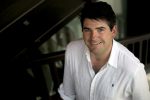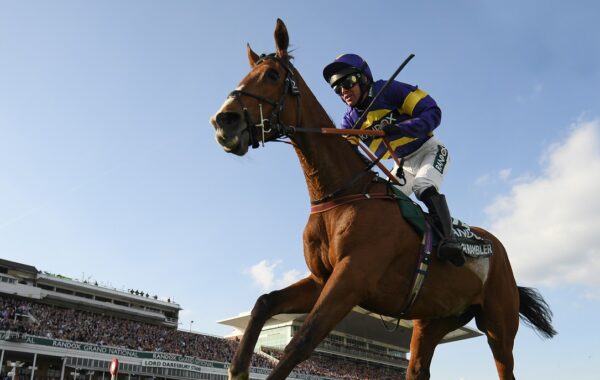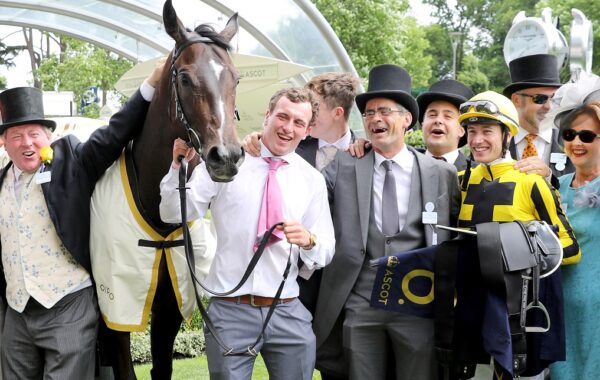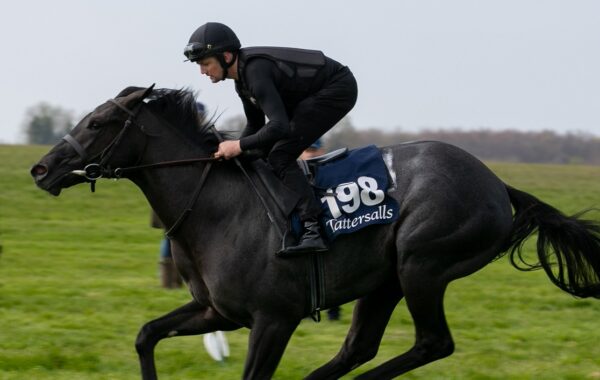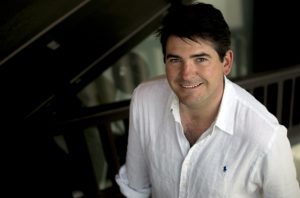In 1985 you won the fillies’ Triple Crown on Oh So Sharp. No filly has won it since, while Nijinsky remains the last colt to win the Triple Crown in 1970. Should they drop the St Leger and insert a new Group 1 race over ten furlongs?
I compare the English Triple Crown with our own Triple Crown and until American Pharoah came along there were similar doubts in America. People were wondering – would it ever be won again? In reality it takes a very special horse to win all three races. Of course there are good individual milers, mile and a half and mile and three-quarter horses. But for one to win over the three distances in the same season makes it an exceptional animal.
It’s a long time since Oh So Sharp and even longer since Nijinsky. It doesn’t happen very often and that’s what makes the achievement so memorable.
I tend to think if you change the St Leger you are taking away the opportunity for a horse to prove itself in an outstanding way. I know St Leger winners are not necessarily popular with breeders, but when a horse can prove he can do it over the three distances he shows he has speed, stamina and courage, which make for a great thoroughbred.
It’s a feat, albeit a very rare one, worth waiting for, as it was in the case of American Pharoah. His success at Belmont meant so much to American racing and its public. A similar triumph at Doncaster would mean the same. So I’d leave the St Leger as it is.
Oh So Sharp’s St Leger triumph was a historic moment. What do you remember about the race itself and what made her so special?
I wanted to keep an eye on Lester, as we always did, and his mount Lanfranco, a stable companion of Oh So Sharp. But I thought as long as my filly hadn’t gone over the top, she had the class to win as I was pretty confident she would stay the trip. And she did with Lanfranco in third.
Oh So Sharp should never have been beaten in the two defeats of her nine races. In the King George at Ascot on unsuitable rock hard going, she was carried wide by a horse in the straight and went down to Petoski, while she couldn’t handle the bottomless, knee-deep ground against Commanche Run in York’s Benson & Hedges Gold Cup. She had so much power, a great desire to win and just enjoyed running.
When you look at the fillies she beat in the 1,000 Guineas – Al Bahathri, Bella Colora as well as Triptych – that tells you how tough a filly she was racing on ground firmer than she liked. I rode Indian Skimmer, Time Charter and Triptych, three outstanding fillies, but Oh So Sharp was the best.
You enjoyed enormous success for Oh So Sharp’s trainer Henry Cecil, including two Derby victories on Slip Anchor and Reference Point. What made him such an exceptional trainer?
He had something of the mad genius about him. He was a very intelligent guy and very quick to recognise different characteristics in horses; he could spot talent at a very early stage of horses arriving at Warren Place, but also he was very sensitive to one that was nervous, or lazy. His mind was active all the time.
You could be talking to him and suddenly he would be overcome with that vague look and be miles away, almost certainly thinking about one of his horses.
He put a lot of strong canters and ground work into his horses so when they got to the races they knew their job and continued to thrive. Henry knew when to step them up and placed them very well. He had this incredible eye for detail and missed nothing. Of course, he would consult all the people around him and I thoroughly enjoyed my six years as his stable jockey.
American Pharoah became the first winner of the US Triple Crown since you won all three races on Affirmed 37 years ago. What have you made of him?
He is very special because he has achieved what many top horses have come close to, but failed. When I heard Bob Baffert talking about American Pharoah before the Kentucky Derby he gave the impression he was in a different league to any horse he had trained, and he has handled some good ones. The tone in his voice suggested he had something out of the ordinary and American Pharoah has proved him right.
The Derby was his first serious race and that brought him on and he seemed better in the Preakness and then he cruised up in the Belmont. And listening to his trainer again, he thinks he’s even better now and may prove he is one of the best we’ve seen, a view endorsed by American Pharoah’s impressive reappearance in the Haskell at Monmouth. Hopefully he will end up at Keeneland in the Breeders’ Cup Classic.
Winning there would be a great way to end the story while we wait for the next Triple Crown. Looking back, when I won on Affirmed people were saying the Triple Crown was too easy and needed to be made tougher, then during the long wait for the next one they were suggesting it should be easier.
You were 18 when you rode Affirmed in 1978, hitting the headlines big-time. How did all the publicity affect you? Could you appreciate the achievement at such a young age?
I was champion the year before as an apprentice, when I won 487 races despite missing a month through injury. So, in my mind the Triple Crown was like an extension of what I was supposed to be doing. Winning. I realised how lucky I was to get on a horse as talented as Affirmed. I knew that with success comes publicity and I had to deal with interviews and answer the questions as best I could.
It helps both sides if you can get on with the media, though of course there are times when things can go wrong when you should have won a race. Even at such an early stage of my career I was able to grasp that what I had done was pretty unusual.
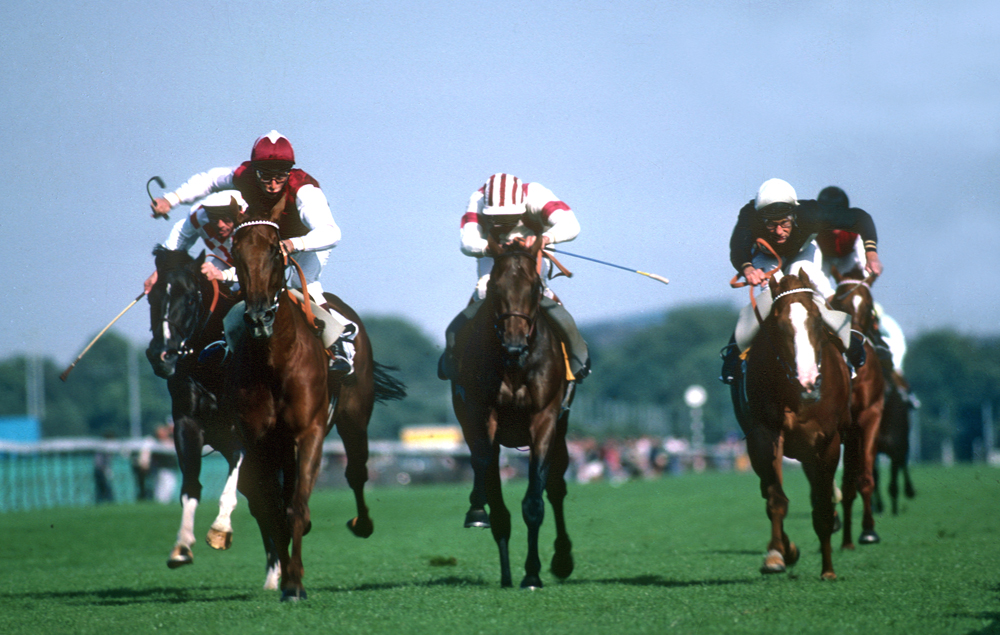
Cauthen rates Oh So Sharp, left, as the best filly he ever rode
You made an effortless switch from riding in America to England, even scoring on your first ride on Marquee Universal at Salisbury. What were the major differences and which courses did you enjoy riding at most?
In America all the tracks are left-handed, flat and dirt with a turf track on the inside. All very similar, whereas in England no track is the same with cambers, uphill finishes and when the ground is soft you need to be on the outside. There were lots of things I had to learn about each unique course. Barry [Hills] wanted to give me confidence by getting me off to a good start and he laid on Marquee Universal, my first ride, to win at Salisbury.
In my first month I won two Group races and the 2,000 Guineas on Barry’s Tap On Wood. But it took two to three years before I felt I was riding against the other jockeys on a level playing field on such a variety of tracks, knowing where to be in a race, the different gradients and turns. I had ridden a lot of winners from the front and I was happy doing that on the right horse, but I had to learn to put one to sleep at the back before coming from behind.
The huge fields at Newmarket with 40 runners splitting into three groups were also a whole new deal for me. I rode all the smaller tracks but where I wanted to be was Newmarket, Newbury, Sandown, Goodwood and Ascot with all the excitement of taking on the best. My favourite course was York, a big sweeping track and I loved the atmosphere there.
If you have one criticism of American racing, what is it?
I don’t like the fact that every state has its own racing jurisdiction. I think there should be one ruling body overseeing all American racing and universalising the sport across the nation. One authority would make for a level playing field for everyone. Then the rules would not vary from state to state.
Uniformity would make it easier to follow the rules and everyone would know what’s illegal and what isn’t. I know it won’t be easy to regulate, but I would like to see racing under one umbrella.
American racing, as in other countries, finds it tough competing with other sports. Do you have any ideas how it could be made more appealing and popular with the public?
By having more coverage on general television, rather than just the two major dedicated channels. Other sports seem to have got ahead of racing with more TV coverage and we seem to have missed out. People have to be able to watch racing on a regular basis to be more familiar with the horses.
There was a day when racing was just about the only real form of gambling, now you can bet on almost any sport and as a result racing has suffered.
Are the British Horseracing Authority’s testing procedures to stamp out anabolic steroids abuse workable in practice, from the US perspective?
Yes, I think so. I’m not sure that the use of anabolic steroids is as prevalent as people make out. They have been used for prepping horses for the sales to make them more muscular and imposing. But they are banned now in England and also illegal in America.
Sometimes a horse can pick up a prohibited substance by accident, like something being dropped in the hay by mistake and the horse eating it.
What was the best horse you rode, and what made him/her so special?
Affirmed. I rode a lot of great horses and Oh So Sharp was the best filly. But Affirmed stands out for what he achieved. He had a great mind, great work rate, great talent and he was adaptable. He loved a fight and was a fantastic competitor with a big heart, and he beat a great horse in Alydar, who would have won the Triple Crown in any other year. Affirmed beat him most times they met.
What is the most important lesson you have learnt from your involvement in racing?
I learned lots about life while I was racing, so much rubs off when you meet all those wonderful people and characters. Pretty much everything I know came from my experiences through racing and rubbing shoulders with people like Barry Hills, and over here in America Chuck Taliaferro, a trainer who was a mentor to me early in my career. They guided me.
Having the opportunity to meet owners like Lord Howard de Walden, Louis Freedman, Sheikh Mohammed and, of course, working for Henry. It was a great education and fun, while at the same time I was working.
You achieved so much in your career – but do you have any regrets?
Yes, I always wished I’d been a lot smaller so I could have ridden for longer. I always had to fight my weight so hard. I am 5ft 6in and when I was riding my natural weight was 10st and very occasionally I could ride at 8st 8lb, though 8st 10lb was generally my minimum.
I wasn’t the only one, plenty of the tall lads had the same problems, and you can go on only so long before damaging your health.
Who was the best jockey(s) you rode against? What set him apart?
I think I rode in one of the best eras, against Willie Shoemaker, Laffit Pincay, Angel Cordero, Jorge Velasquez, Chris McCarron in America, then in Europe I was taking on Lester Piggott, Pat Eddery, Willie Carson, Yves Saint-Martin and Freddy Head. They were the best around and I’d say Cordero was the toughest to come up against here and Piggott in Europe.
Lester always tried to make sure he was on the best horse and once he was he’d ride with lots of confidence, afraid of nothing. He was probably in his heyday in the earlier 1970s, just before I came over. That’s when he was jocking everybody off! I consider myself lucky to have been riding against such a great bunch of jockeys, not just in Europe but in America as well.
What would be your advice to a new jockey embarking on his career?
Try to hook up with good people, and always try to be around those you respect. If they appreciate and love the game their example should be worth following.
What is your involvement in racing these days?
I have a farm and do a bit of breeding with five mares in Kentucky. I’ve bred one or two nice ones. The best I’ve bred is a filly, Winning Image, who won about $900,000, also another filly won half a million dollars. I’ve bred stakes-placed horses, but so far not a Grade 1 winner.
Do you have time to pursue golf, tennis or any other sports/hobbies?
I play a little tennis and golf whenever I can. My golf handicap is 12. I’ve been to Augusta to a couple of PGA tournaments and when the Ryder Cup was held down the road from me at Valhalla I managed to get there as well.
You’ve had a few nicknames over the years. Which has been your favourite?
Stevie Wonder.


